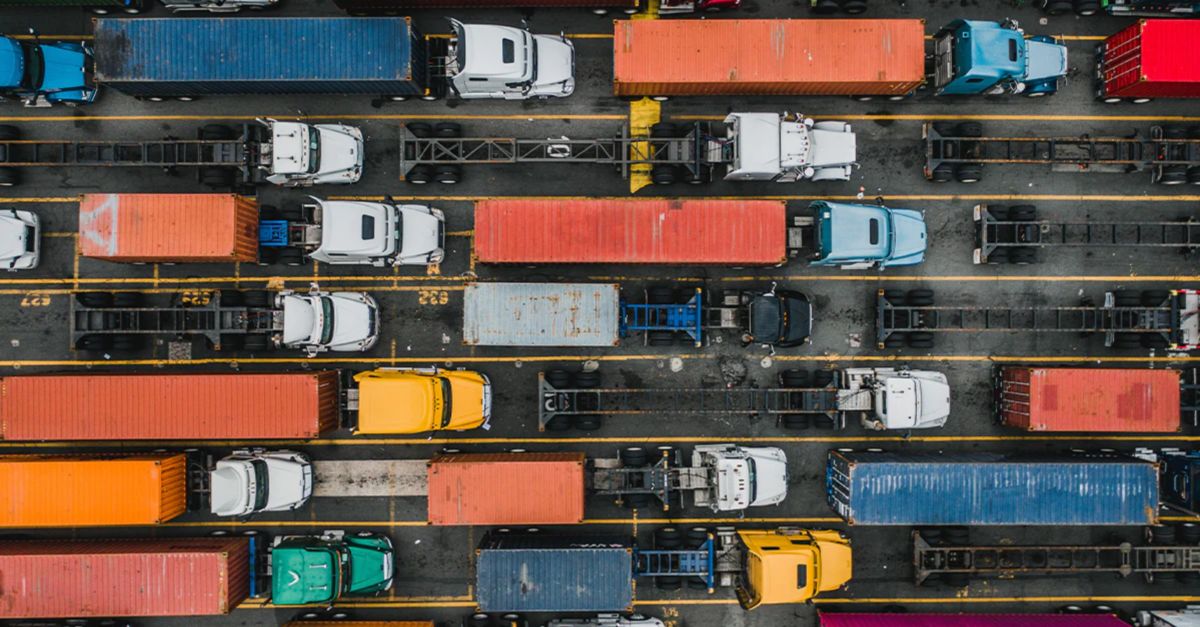Decarbonizing road freight: Getting into gear

Road freight: Where are we today?
Road freight is fundamental to the global economy as the most flexible mode of transport, and the primary mechanism to bring goods to our stores and homes. It currently accounts for around 9% of global CO2 emissions, the majority of which comes from medium and heavy freight trucks, the focus of this report. In order to achieve the goals of the Paris Agreement, the sector will need to realize an emission intensity reduction of over 80% in less than 30 years.
More pressingly, the sector's emission intensity should decline by around 30% before 2030. On its current trajectory, the Paris targets will not be met. This is a challenge, but also an opportunity for first movers to redefine the energy mix, claim market share, and introduce new products and business models.
Report findings
Through interviews with over 150 executives and experts across 22 countries in the global road freight sector, we have identified manageable components to address this challenge.
Highlights from the research include:
- The sector is facing several barriers to decarbonization, especially insufficient regulatory incentives, lacking infrastructure, and limited demand from shippers.
- Road freight decarbonization is close to an inflection point due to increasing regulatory and market pressure, and will evolve faster than many expect.
- To converge on a viable low- and zero-emission technology, the sector needs to adopt a duty cycle perspective.
- Through collaboration around a catalogue of 22 solutions, the sector will be able to reduce emissions now and accelerate a shift to low- and zero-emission trucks.
- The sector has defined a decarbonization roadmap, which allows it to start deploying low-and zero-emission trucks at scale by the late 2020s.
- Achieving significant emissions reduction requires a concerted global effort, with leading regions and companies sharing knowledge and supporting others to leapfrog ahead.